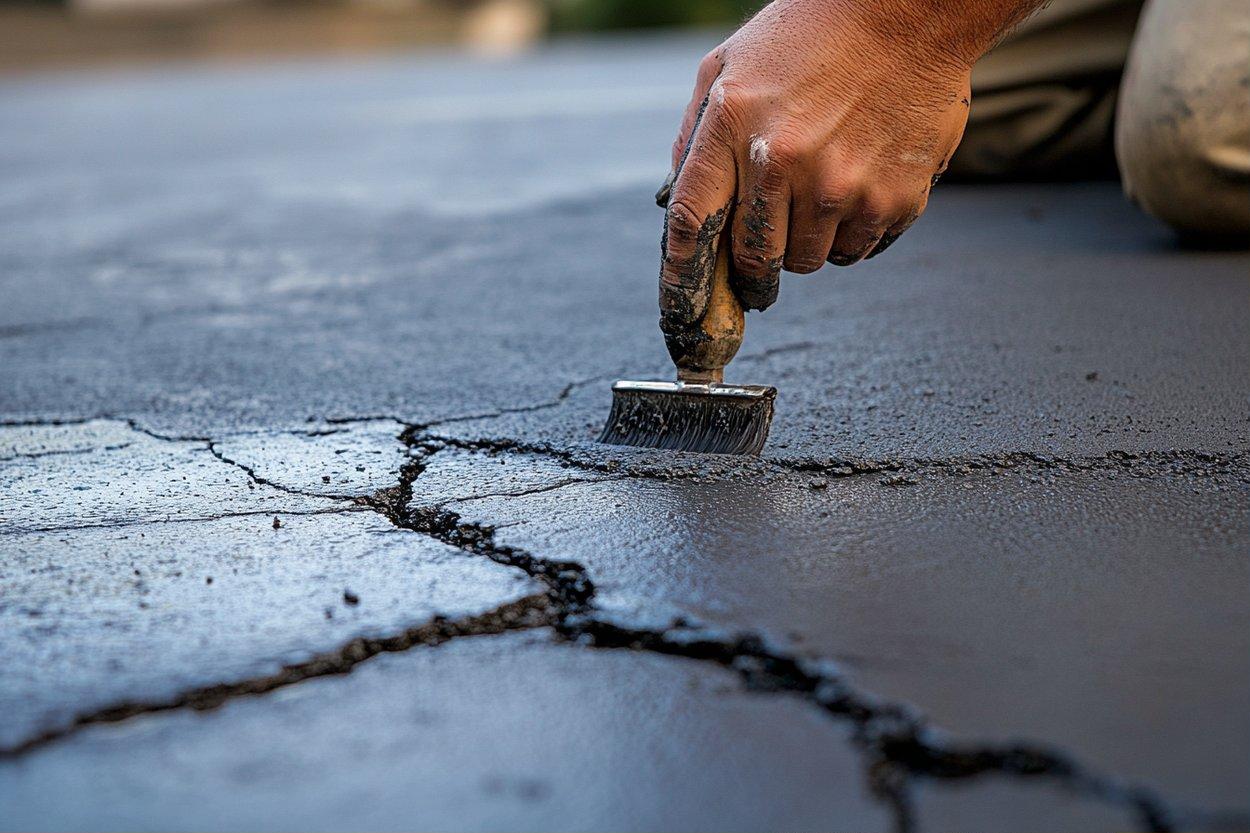Understanding and Addressing Cracks in Concrete Structures
Concrete structures form the backbone of modern infrastructure, from driveways and sidewalks to foundations and commercial buildings. Over time, even the most durable concrete can develop cracks due to various environmental and structural factors. Understanding why these cracks occur and how to address them effectively is essential for maintaining the longevity and safety of concrete surfaces.

Concrete is one of the most widely used construction materials globally, prized for its strength and durability. However, despite its robust nature, concrete is not immune to damage. Cracks can appear for numerous reasons, ranging from natural settling to extreme weather conditions. Addressing these issues promptly not only preserves the aesthetic appeal of concrete surfaces but also prevents more serious structural problems down the line. This guide explores the causes of concrete damage, effective repair techniques, and emerging innovations in the field.
Understanding Concrete Cracks: Why They Matter
Concrete cracks are more than just cosmetic blemishes. They can indicate underlying structural issues that, if left unaddressed, may compromise the integrity of an entire structure. Small hairline cracks might seem harmless, but they can allow moisture to penetrate the concrete, leading to freeze-thaw damage in colder climates like Canada. Water infiltration can also cause steel reinforcement bars to corrode, weakening the structure from within. Additionally, cracks can widen over time due to continued stress, temperature fluctuations, and ground movement. Recognizing the significance of even minor cracks enables property owners to take preventive action before costly repairs become necessary.
Exploring the Root Causes of Concrete Damage
Several factors contribute to the formation of cracks in concrete. One of the most common causes is shrinkage during the curing process. As concrete dries, it contracts, and if this process occurs too rapidly or unevenly, cracks can develop. Settlement is another frequent culprit, particularly when the ground beneath the concrete shifts or compresses over time. In regions with harsh winters, freeze-thaw cycles pose a significant threat. Water seeps into small pores and cracks, then expands when it freezes, exerting pressure that widens existing fissures. Overloading is also a concern, especially for driveways and parking areas that bear heavy vehicle weight. Poor initial installation, including inadequate reinforcement or improper mixing ratios, can make concrete more susceptible to cracking. Understanding these root causes helps in selecting the most appropriate repair strategy.
Proven Techniques for Concrete Crack Repair
Repairing concrete cracks requires choosing the right method based on the crack’s size, location, and cause. For hairline cracks, epoxy or polyurethane injection is often the most effective solution. These materials penetrate deeply into the crack, bonding the concrete together and preventing moisture infiltration. For wider cracks, routing and sealing may be necessary. This involves widening the crack with a saw or grinder, cleaning out debris, and filling it with a flexible sealant or patching compound. In cases where structural integrity is compromised, stitching with metal staples or carbon fiber reinforcement may be required to restore strength. Surface coatings and overlays can also be applied to protect repaired areas from future damage. Each technique has its advantages, and professional assessment is often recommended to determine the best approach for specific situations.
Choosing the Right Modern Concrete Repair Method
The concrete repair industry has evolved significantly, offering a range of modern methods tailored to different types of damage. Epoxy injection remains a popular choice for structural repairs due to its high bonding strength and durability. Polyurethane foam injection is ideal for filling voids and stabilizing soil beneath concrete slabs, making it particularly useful for addressing settlement issues. For surface-level cracks, polymer-modified cementitious overlays provide a smooth, durable finish that resists weathering. Self-leveling sealants are convenient for horizontal surfaces like driveways and garage floors, as they flow into cracks and cure to form a flexible, watertight seal. Carbon fiber reinforcement is increasingly used for structural strengthening, offering a lightweight yet incredibly strong solution. Selecting the right method depends on factors such as the severity of the damage, the intended use of the surface, and budget considerations. Consulting with experienced contractors in your area can help ensure the most effective and long-lasting repair.
Innovations Shaping the Future of Concrete Repair
The field of concrete repair is witnessing exciting advancements that promise more efficient and sustainable solutions. Self-healing concrete, which incorporates bacteria or microcapsules that release healing agents when cracks form, is moving from laboratory research to real-world applications. Nanotechnology is being used to develop ultra-strong repair materials with enhanced bonding properties and resistance to environmental degradation. 3D printing technology is also making inroads, allowing for precise application of repair materials and even the creation of custom reinforcement components. Smart sensors embedded in concrete can now detect cracks early, enabling proactive maintenance before damage becomes severe. Additionally, eco-friendly repair products made from recycled materials or bio-based polymers are gaining traction as the construction industry prioritizes sustainability. These innovations not only improve the effectiveness of repairs but also extend the lifespan of concrete structures, reducing the need for frequent interventions.
Conclusion
Concrete crack repair is an essential aspect of maintaining the safety, functionality, and appearance of concrete structures. By understanding why cracks occur, recognizing the various causes of concrete damage, and familiarizing yourself with proven repair techniques, you can make informed decisions about addressing issues on your property. Modern repair methods offer a range of solutions tailored to different types and severities of damage, while emerging innovations promise even more effective and sustainable approaches in the future. Whether dealing with minor surface cracks or more significant structural concerns, timely intervention and the right repair strategy can preserve the integrity of concrete surfaces for years to come.




